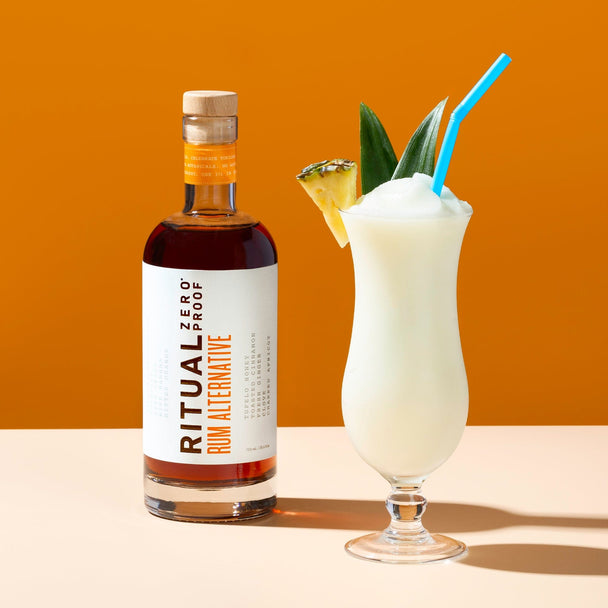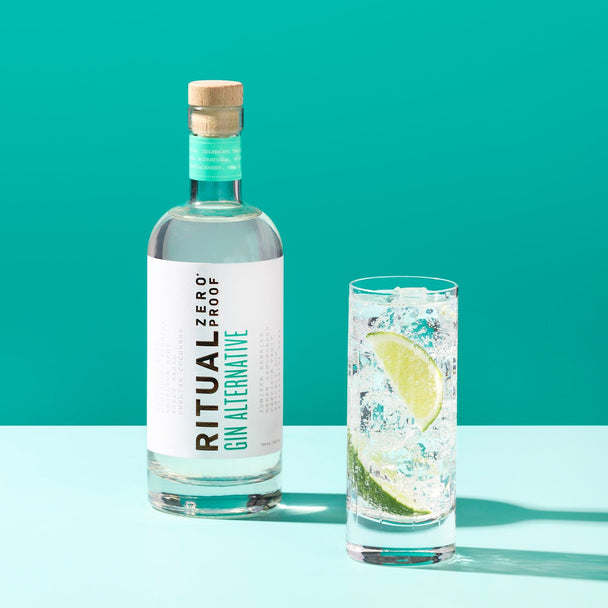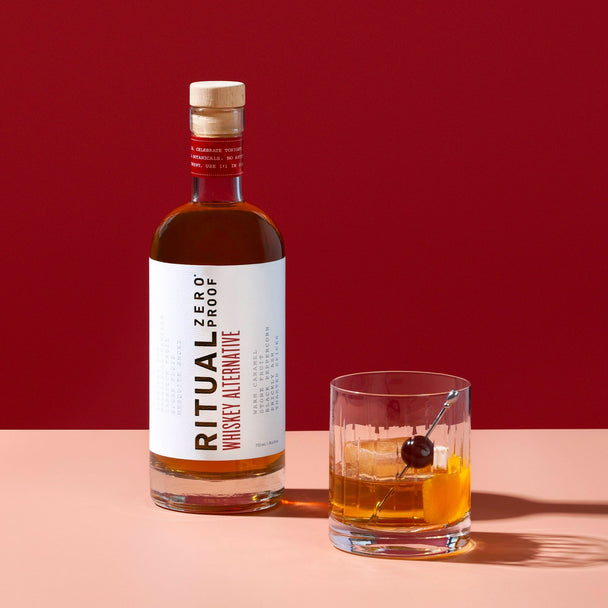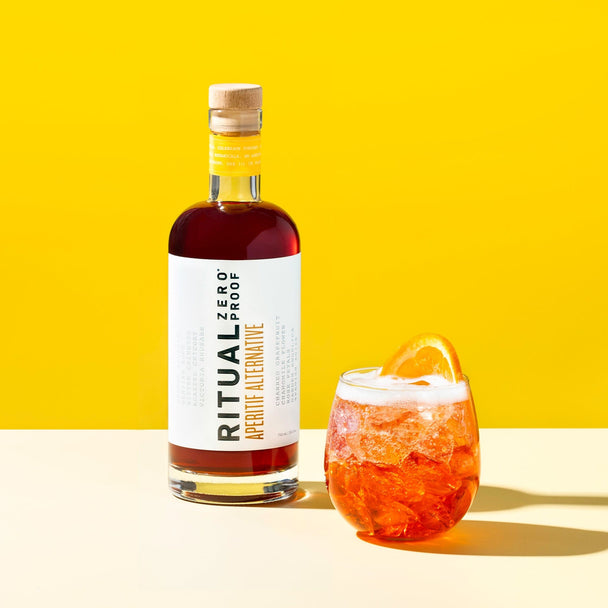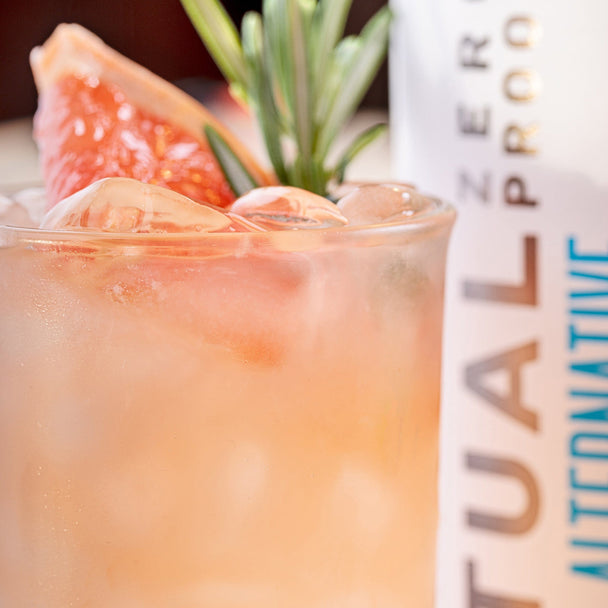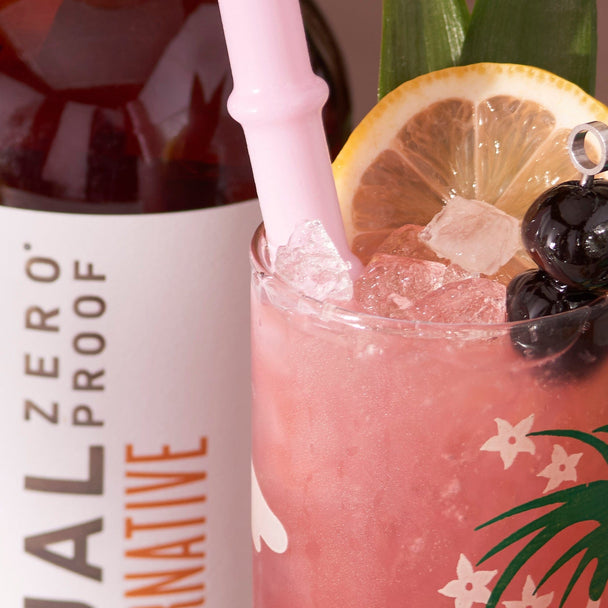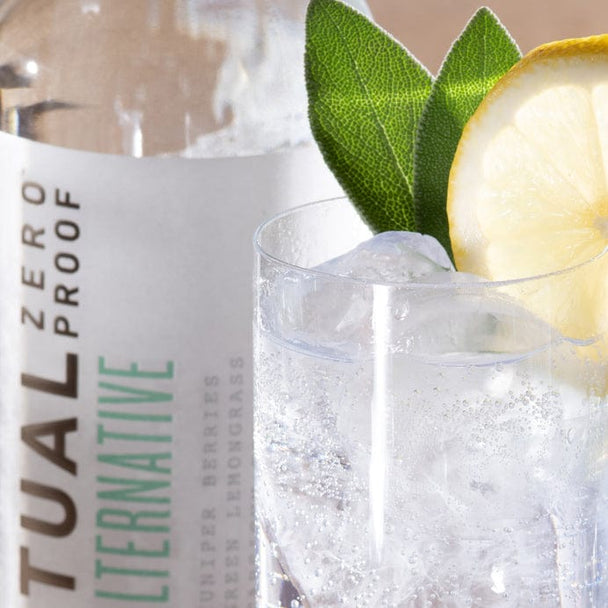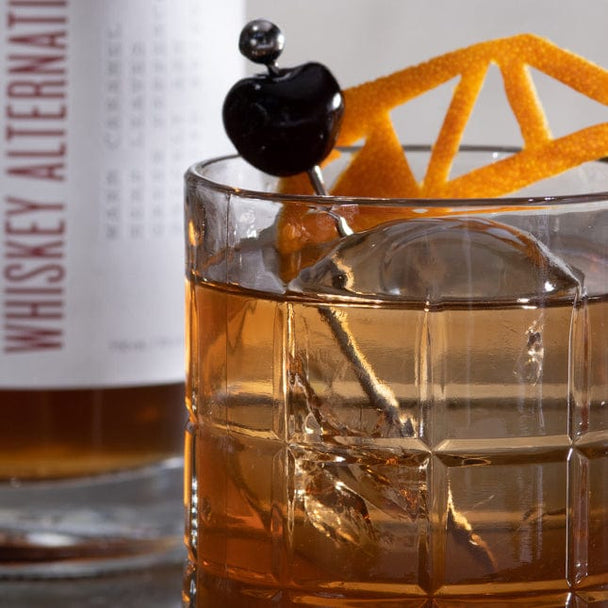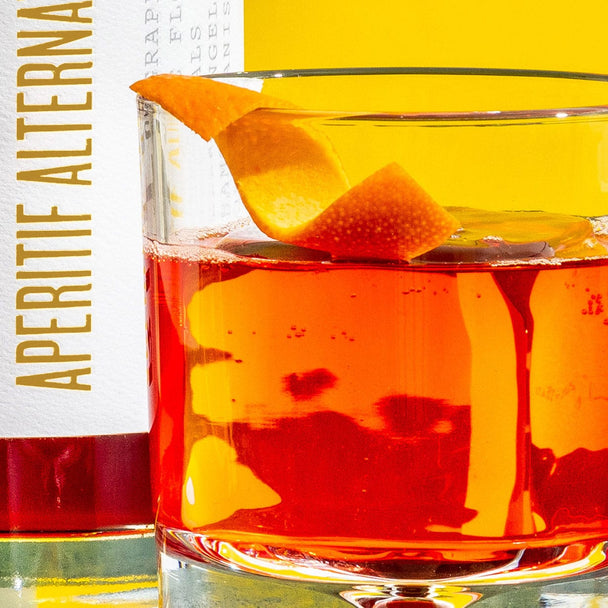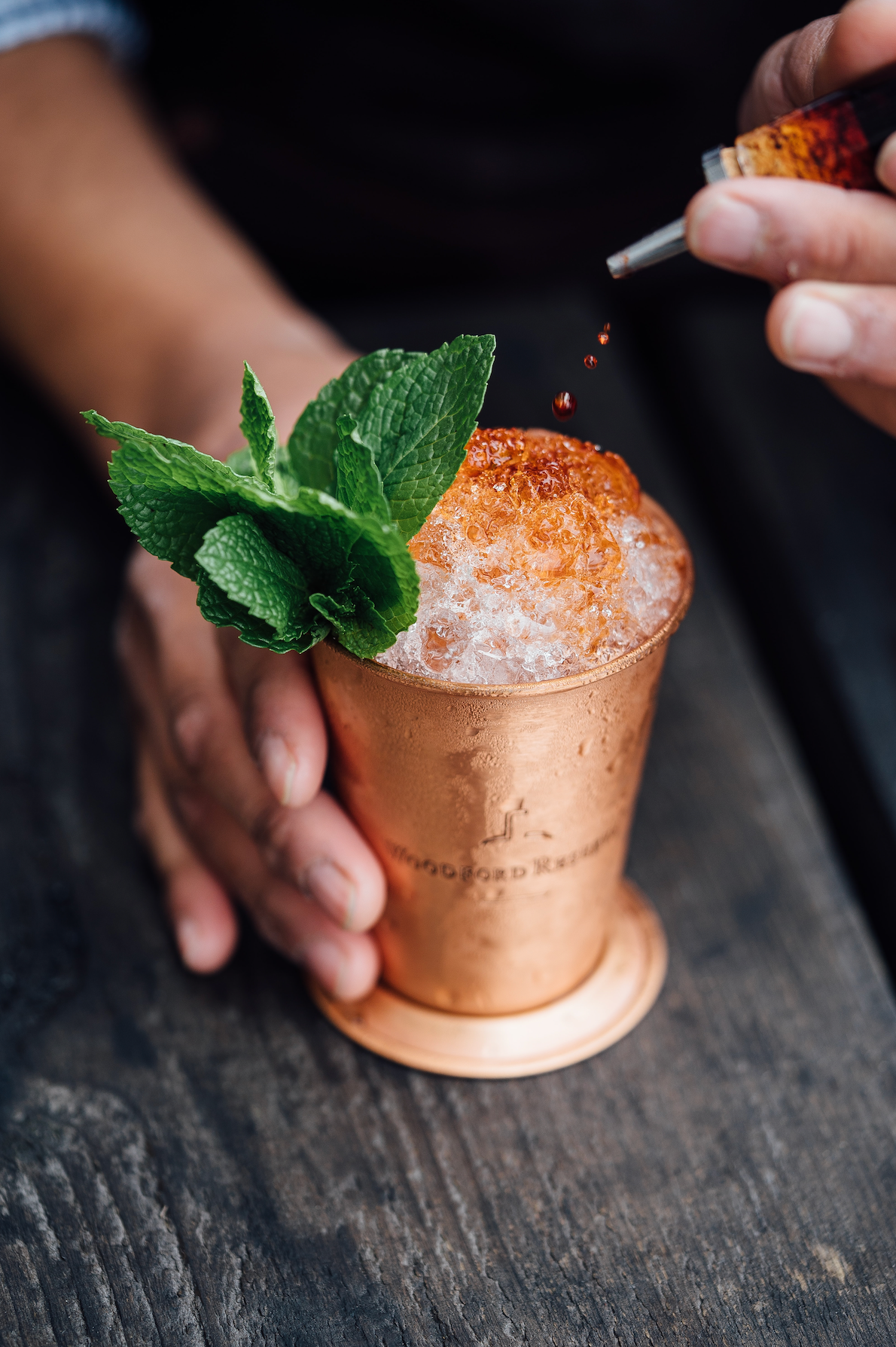
At first glance, bitters can feel like one of the more mysterious items on your bar cart. Perhaps it’s the complexity of ingredients: a mix of bitter and aromatic botanicals like roots, herbs, and spices -- infused in spirits. Bitters were originally developed for medicinal purposes, but they eventually found their way into cocktails, adding an earthy, complex flavor and aroma. That makes them a sure-fire way to enliven your alcohol-free cocktails.
The most popular bitters is Angostura, produced using the same recipe since 1824, which remains a closely guarded secret. Barring a stealth operation, we cannot provide that recipe for you, but we can give you the tools to unlock your own bitters adventure.
Using this breakdown, you can experiment to create your own flavors, or follow the recipes provided at the end. Hopefully the process will help demystify bitters and give you an appreciation for the unique flavors they bring to your cocktails. It sure did for us.
Let’s begin:
The basis for bitters is 10-50% bittering agent, often found in roots and bark. Some of the most commonly used are gentian root, cassia bark, and citrus peel. You should be able to find many of these at your local natural foods store, and most are available on Amazon.
Roots and bark (bittering agents): angelica root, artichoke leaf, barberry root, black walnut leaf, burdock root, cassia bark, calamus root, cinchona bark, citrus peel, dandelion root and leaf, devil’s club root, gentian root, horehound, licorice root, mugwort, Oregon grape root, orris root, sarsaparilla, wild cherry bark, wormwood.
The other components of bitters are flavoring agents like herbs, spices, flowers, dried fruits, nuts and beans. Always use whole spices and buy organic when you can. Again, most items can be found at natural foods stores, while flowers like chamomile and hibiscus are available at local tea shops.
Herbs and spices: allspice, aniseed, caraway, cardamom, celery seed, dried chiles, cinnamon, cloves, coriander, fennel, ginger, juniper berries, nutmeg, peppercorns, star anise, vanilla beans.
Flowers: chamomile, hibiscus, hops, lavender, lemongrass, mint, rose, rosemary, sage, thyme, yarrow.
Dried fruits: fresh or dried citrus peel (lemon, lime, orange, grapefruit), dried fruit (apples, cherries, figs, raisins).
Nuts and beans: Toasted almonds, walnuts, pecans. Coffee beans, cacao beans, cocoa nibs.
You will be using spirits for the infusion process. We recommend at least 100 proof aka 50% abv. Grain alcohol like Everclear, or vodkas like Absolut or Smirnoff will do the trick. Yes, these are high proof spirits, but they’re really just carriers for flavor and will only amount to a drop or two in your final beverage.
Now that you’ve collected your ingredients, it’s time to start infusing. Use 1 to 2 teaspoons of dried botanicals per 4 oz. liquor, or 1 part dried botanical to 5 parts liquor. For fresh botanicals, use 1 part botanical to 2 parts liquor.
Chop or press dried botanicals to bring out the flavors. Then place a variety of botanicals in separate mason jars and combine with the appropriate amount of spirits. Make sure to label each jar with the corresponding botanical name and date. Let them sit for a day to several weeks, shaking them once a day. Regularly smell the contents, or combine a drop with still or sparkling water, and taste. If they capture the smell and flavor of the ingredient, they are done. Strain the entire mixture using a metal strainer lined with cheesecloth or coffee filter.
Now the experimenting begins. Use a dropper, pipette, or syringe to mix flavors together. You can mix them in a small glass or right in a clean bitters bottle. Combine flavors using the ratio of 10-50% bittering agent and 90-50% flavoring agent. Once you arrive at something you like, you can lightly sweeten it with a few drops of simple syrup or dilute with water as needed. Your homemade bitters is now complete, and it can last for years.
If you want to start off with a few basic recipes, we recommend the ones below.
Orange Bitters: 12 parts orange peel, 2 parts gentian, 2 parts cardamom, 2 parts coriander, 1 part allspice, 1 part cloves
Lavender Bitters: 20 parts lavender, 6 parts orange, 2 parts vanilla, 1 part ginger
Coffee Bitters: 10 parts coffee bean, 3 parts cocoa nib, 2 parts wormwood, 1 part orange, 1 part cinnamon; sweeten to taste with molasses


